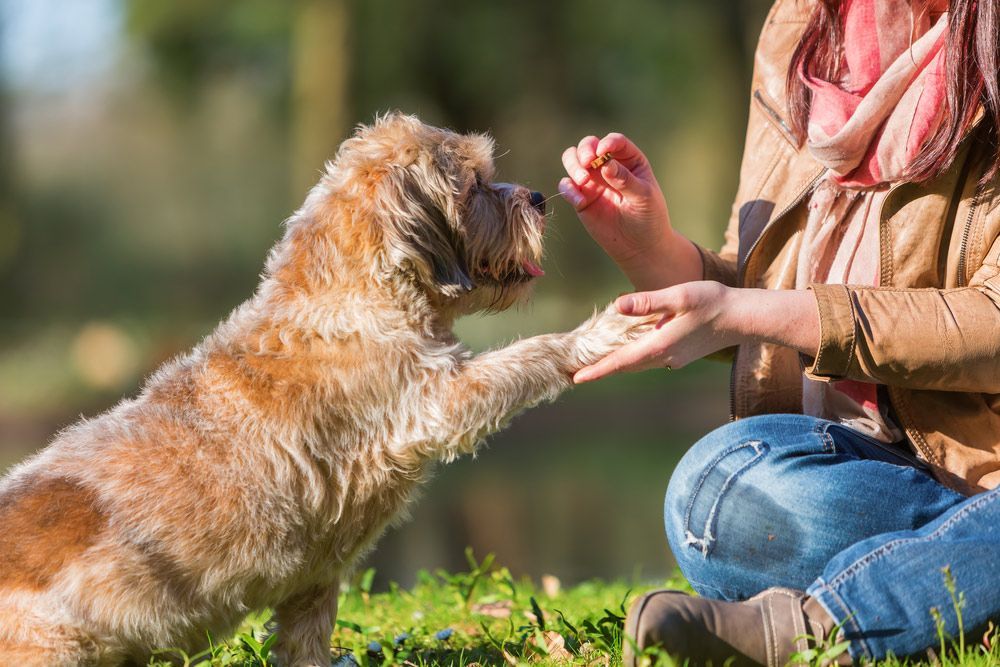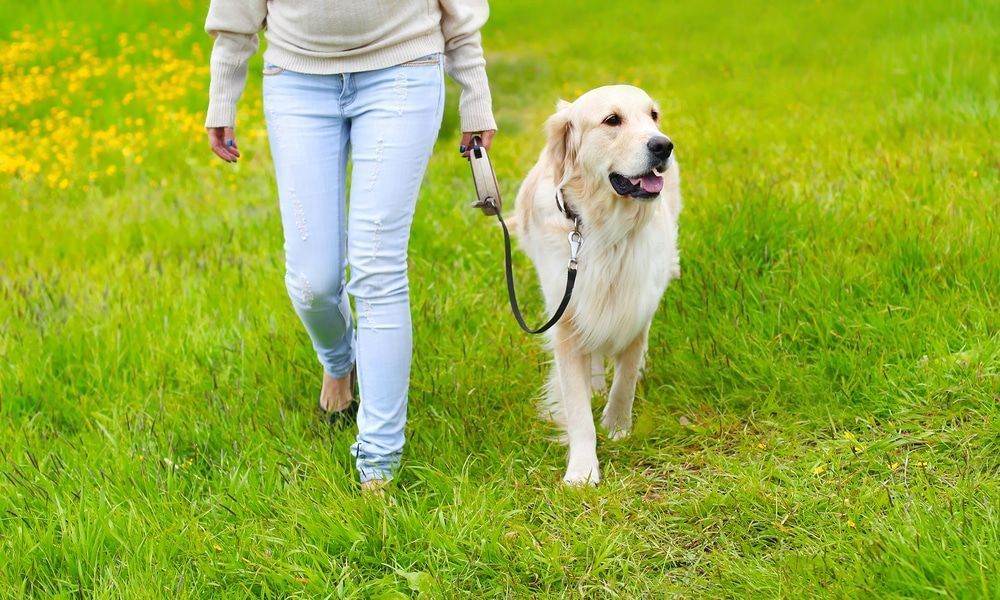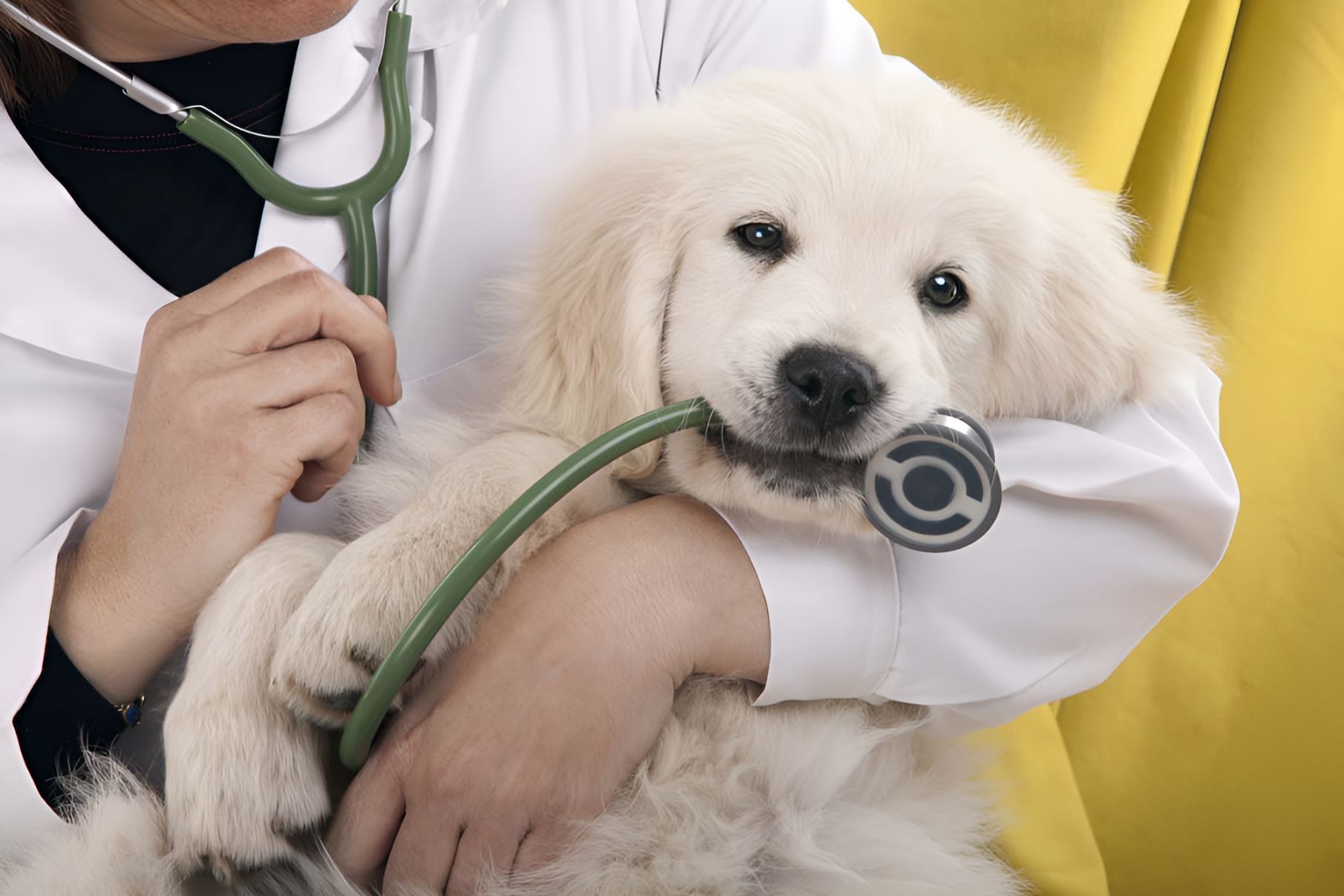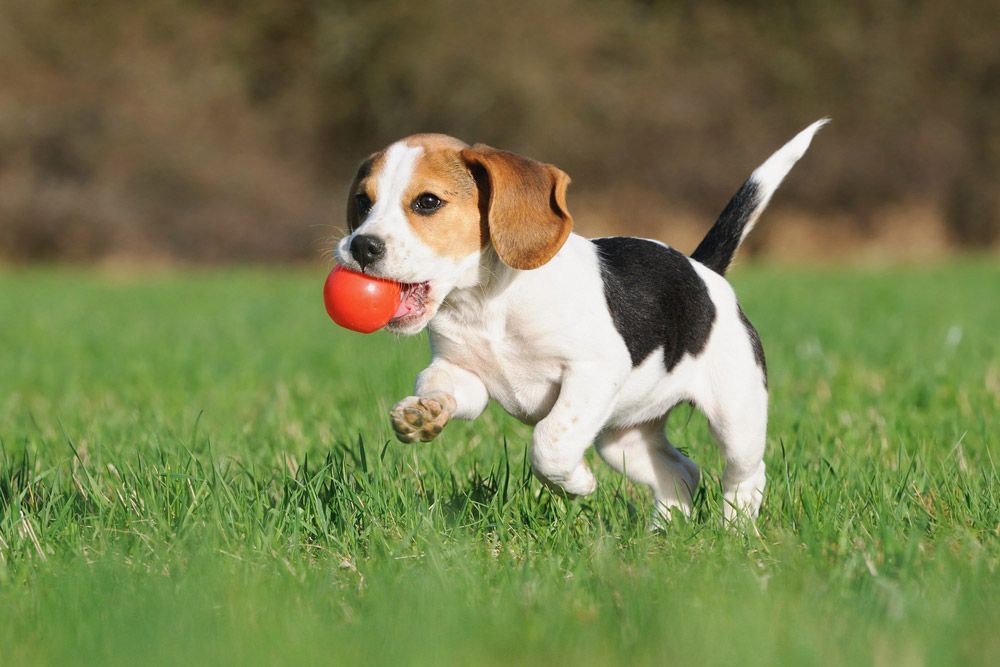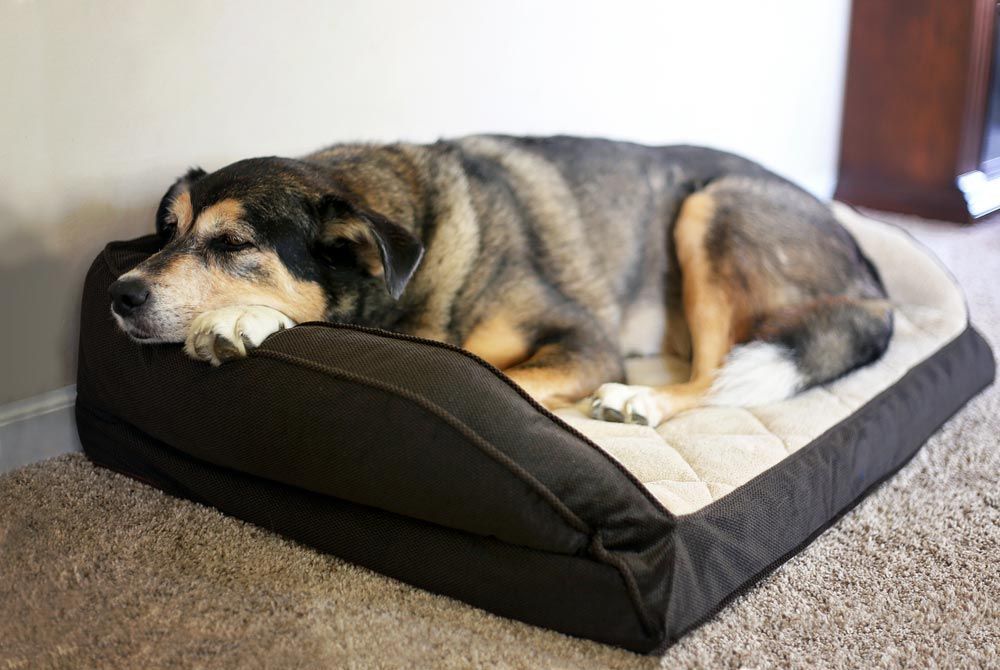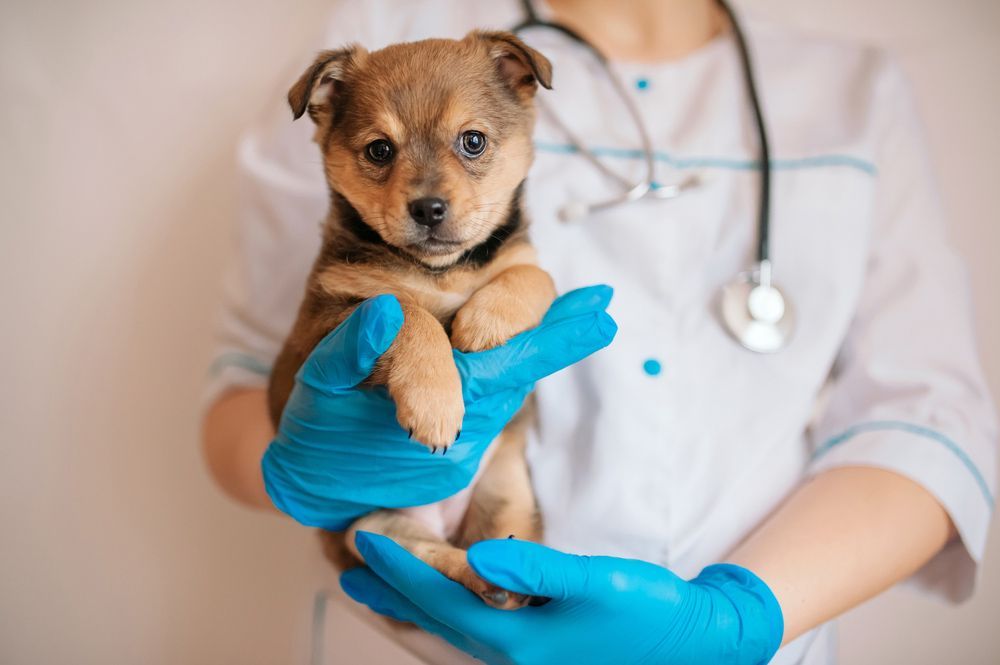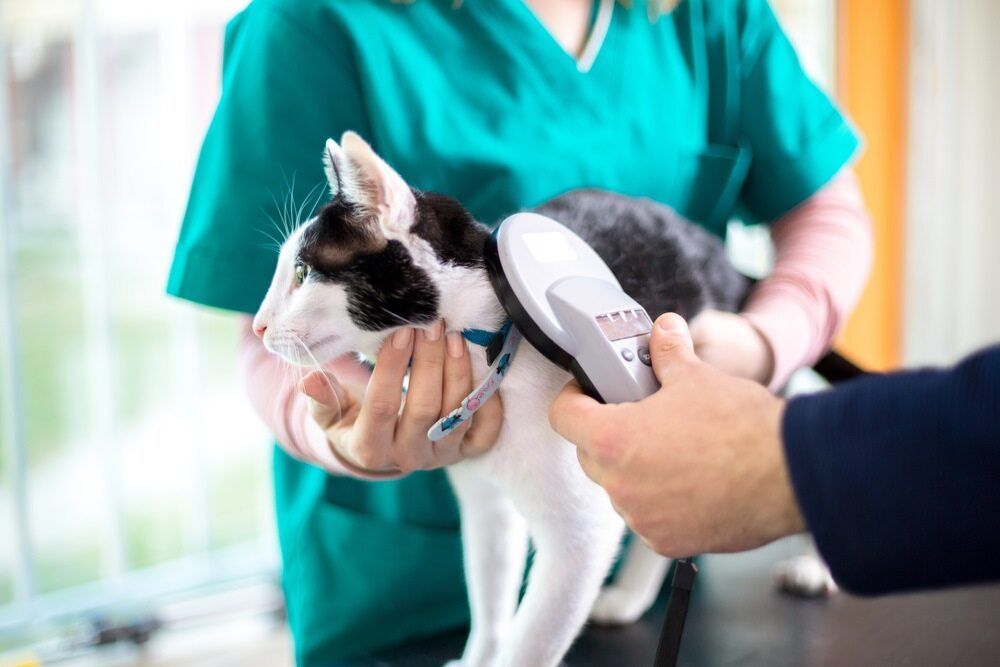Desexing Dogs: What You Need To Know
Desexing is a surgical procedure that prevents dogs from being able to reproduce. It’s performed on both female and male dogs and has many benefits for your pet’s overall health. This blog will cover why you should get your dog desexed, what happens during surgery and when it’s best to get it done.
Table of Contents
What is desexing?
The decision to desex your dog is an important one and often comes with mixed opinions. However, it sounds a lot scarier than it actually is and is really just a simple procedure to help prevent your dog from being able to breed in the future.
In male dogs, this is done by removing the testes in a process called castration. In female dogs, the ovaries are removed as well as the complete or partial removal of the uterus.
Why is desexing done?
Beyond the obvious, there are many benefits of desexing for both female and male dogs. Here are just a few of the reasons why the procedure might be the right choice for your pet:
- Reduce the risk of cancers such as prostate and testicular in male dogs
- Reduce the risk of cancers such as ovarian and mammary in female dogs
- Reduce the risk of urinary infections
- Prevent unwanted pregnancies in female dogs and reduce the number of puppies needlessly born into the world with no homes available for them
- Reduce behavioural issues such as aggression toward other dogs
- Increase their overall lifespan
What happens during the surgery?
When it comes to the actual surgery, don’t worry, desexing is performed under general anaesthesia, so it will be completely painless for your dog. The surgeon will also give your dog a sedative so that they remain relaxed and sleepy during the operation.
The overall procedure is known as laparotomy and involves a small mid-line incision to be made to the required area.
For a male dog, once they have been anaesthetised, the vet will make a small cut in the scrotum and remove both testicles. The incision is then stitched up with stitches that will dissolve on their own, resulting in the process taking around 10 to 15 minutes to complete.
For a female dog, general anaesthesia is also administered to ensure they won’t feel any pain. The vet will then make an incision in the abdomen and remove both ovaries and tubes. Once finished, the vet will sew up the cuts so there aren’t any external scars left behind, with the process usually lasting around 15 minutes.
Including prep and recovery time for your male or female pup, the whole process takes less than 20 minutes, so they will be back running around in no time.
How long is the recovery period?
Once the procedure is complete, you are free to take your dog home to rest immediately.
It typically takes 4-5 days of rest after desexing surgery before your pet is back to its normal self, so expect some downtime whilst they are recovering from their operation.
When should dogs get desexed?
The earlier the better is always a good rule of thumb when it comes to desexing your dog. Whether they are female or male, the ideal age to get your dog desexed is between 5 and 7 months old, but this can also depend on whether your puppy is sexually mature.
Overall, getting your dog desexed is not a decision to take lightly, so if you have any concerns or are unsure about when to get it done, please consult with one of our expert veterinarians at Blue and White Veterinary clinic.


